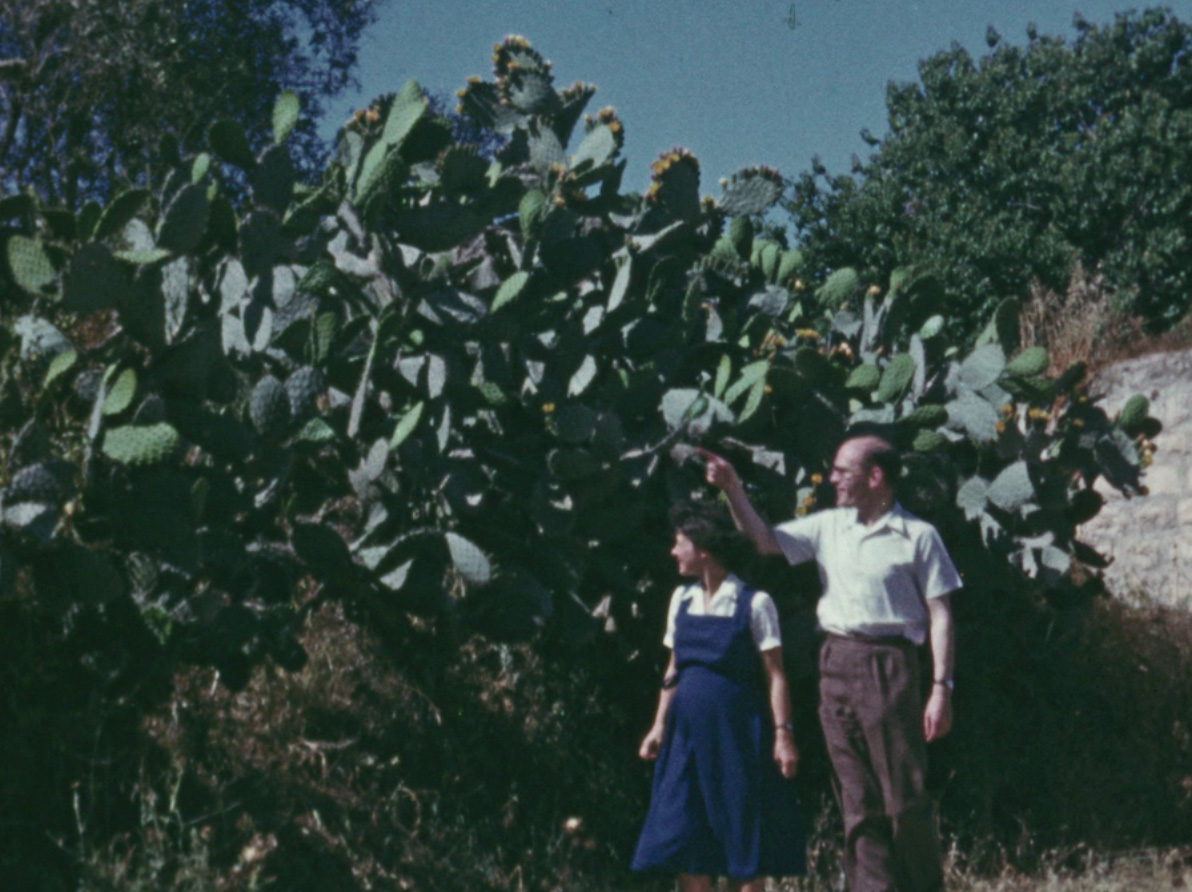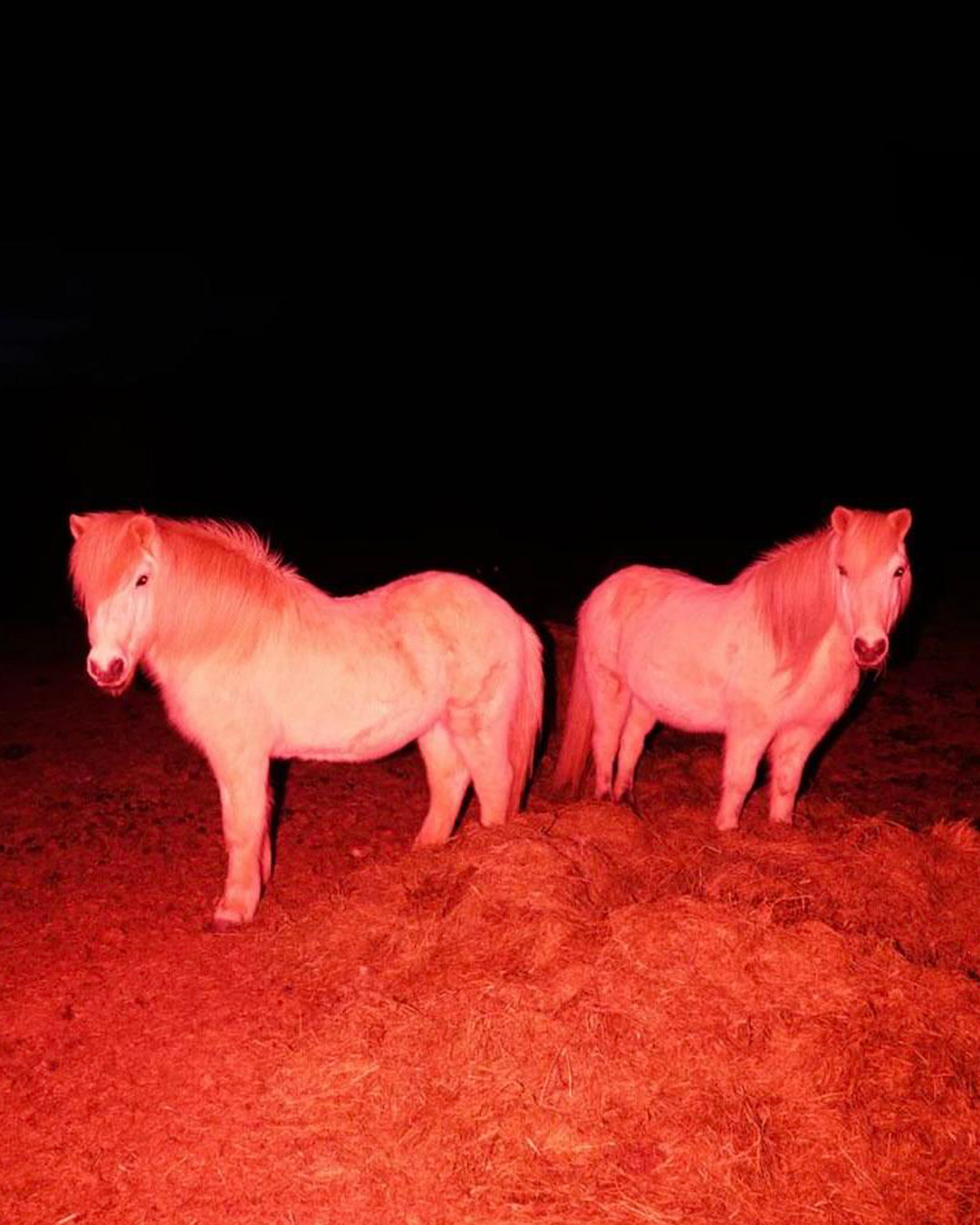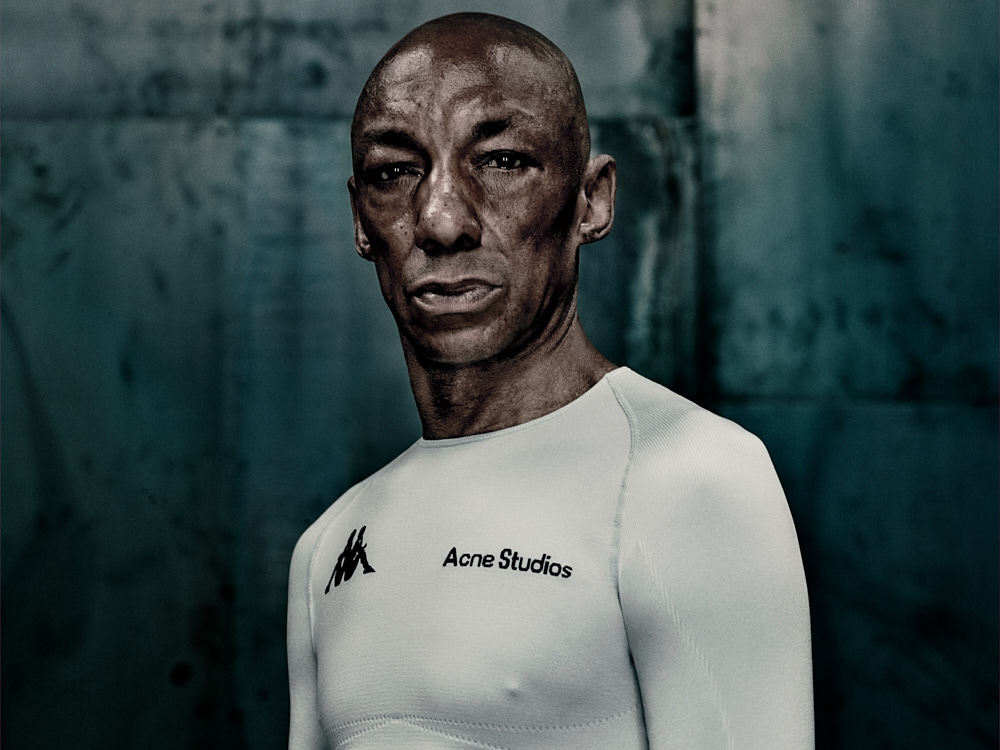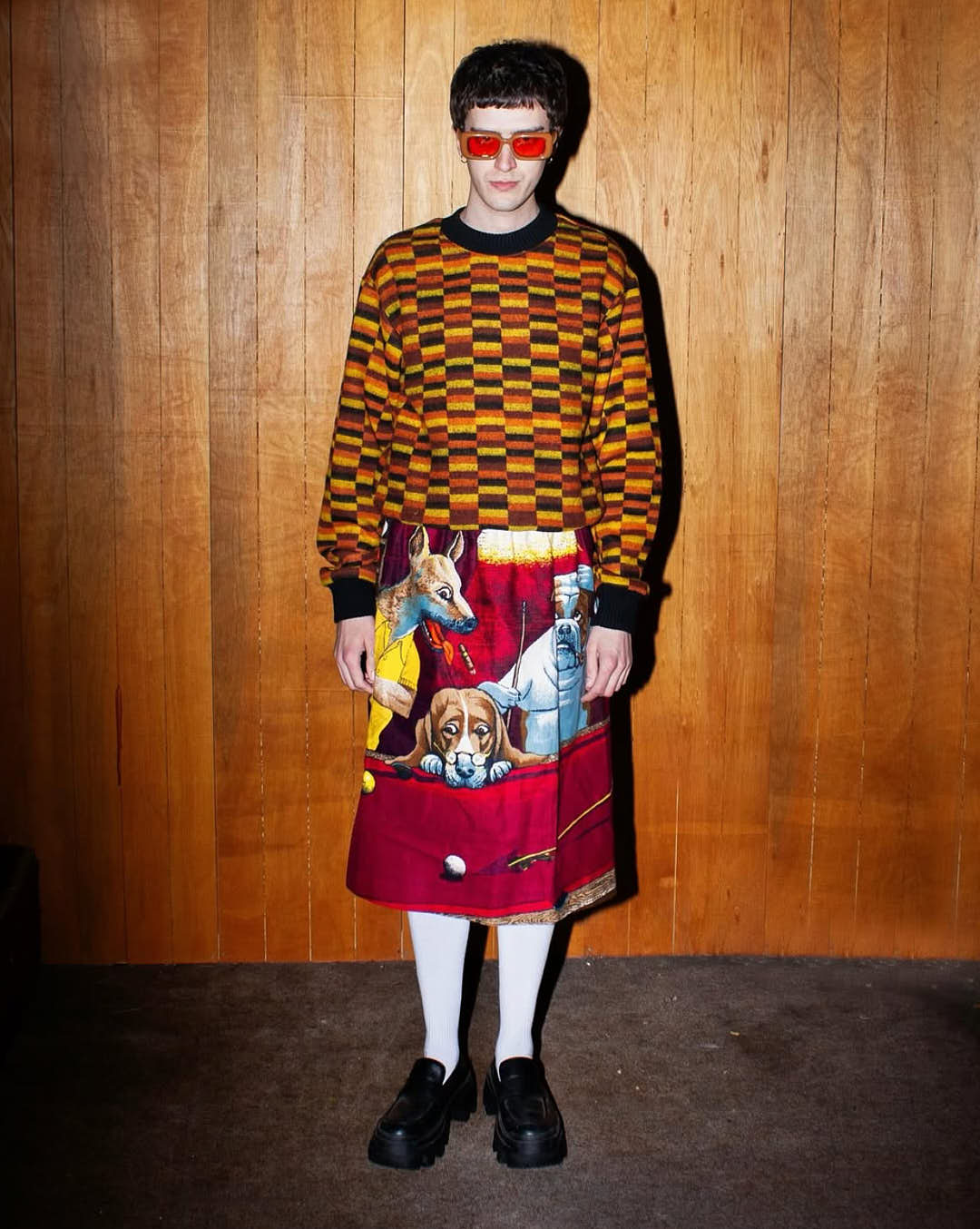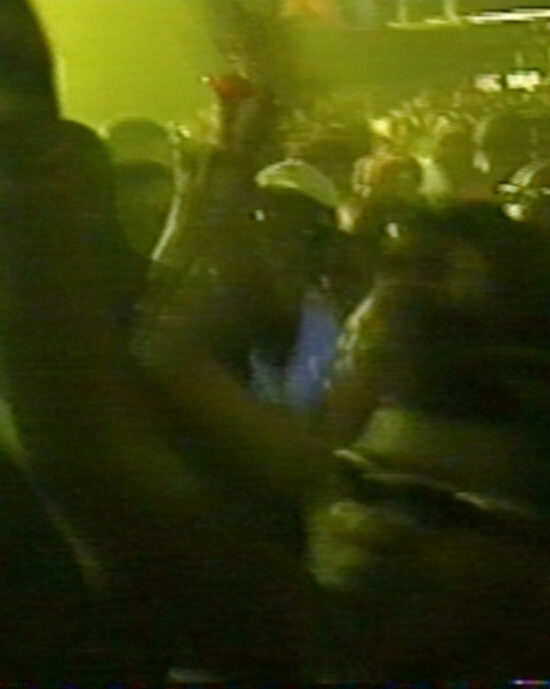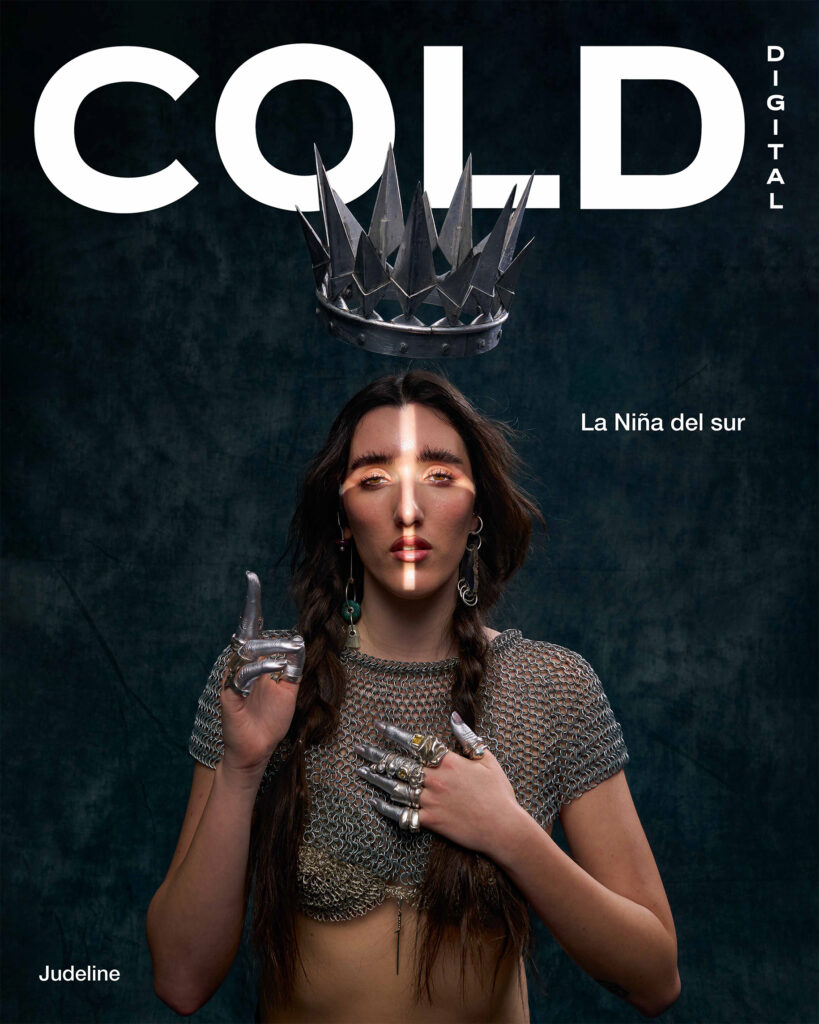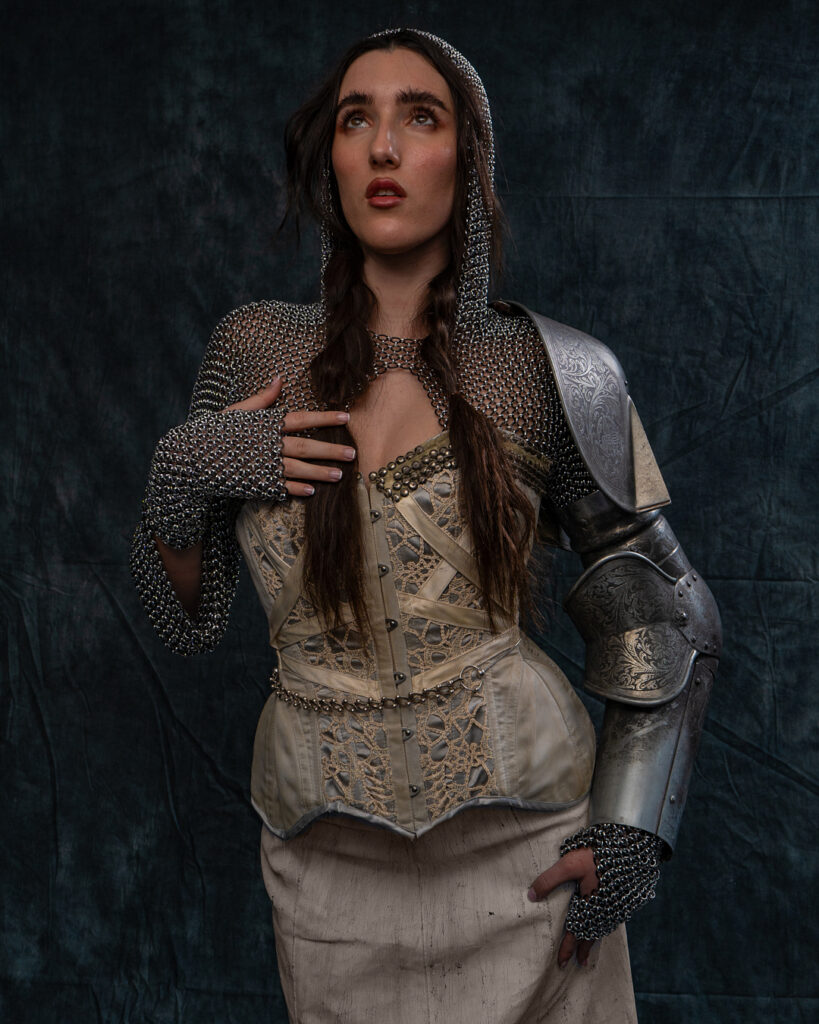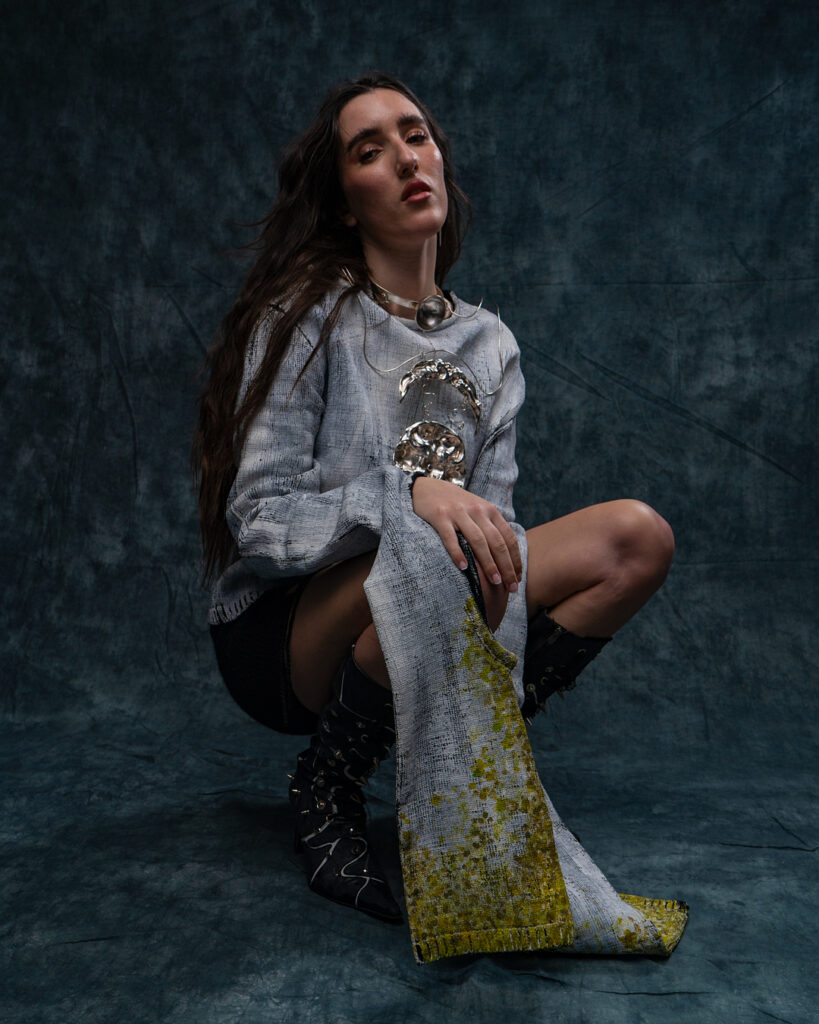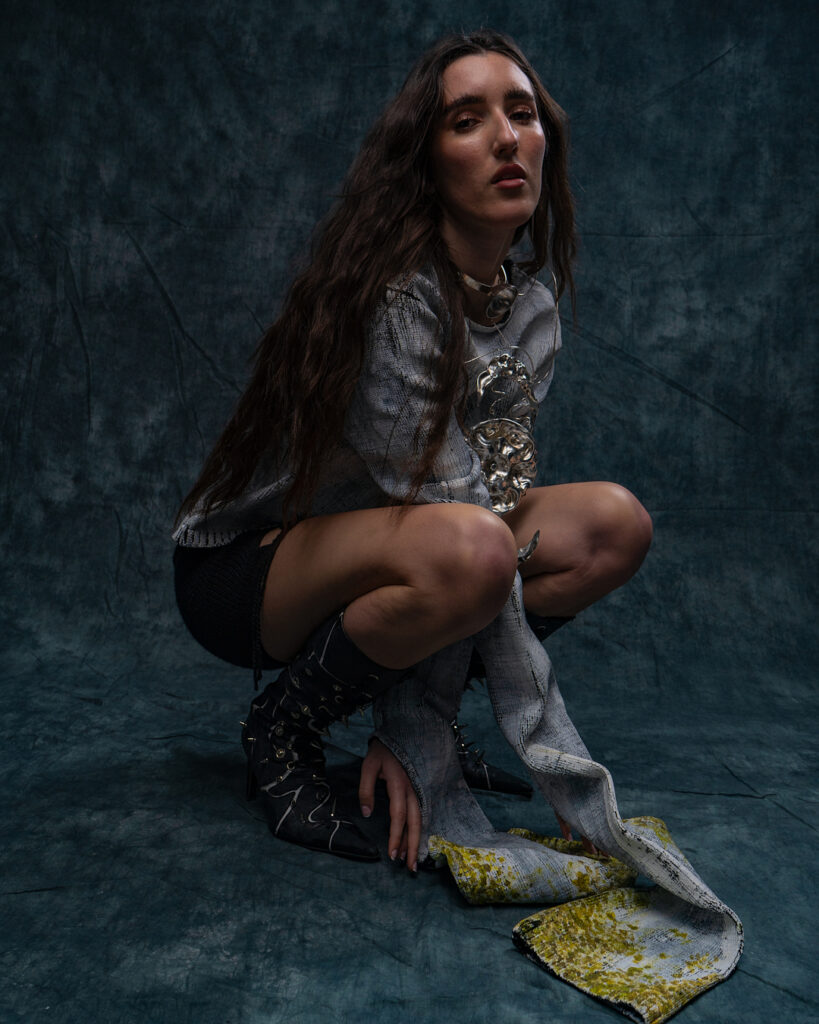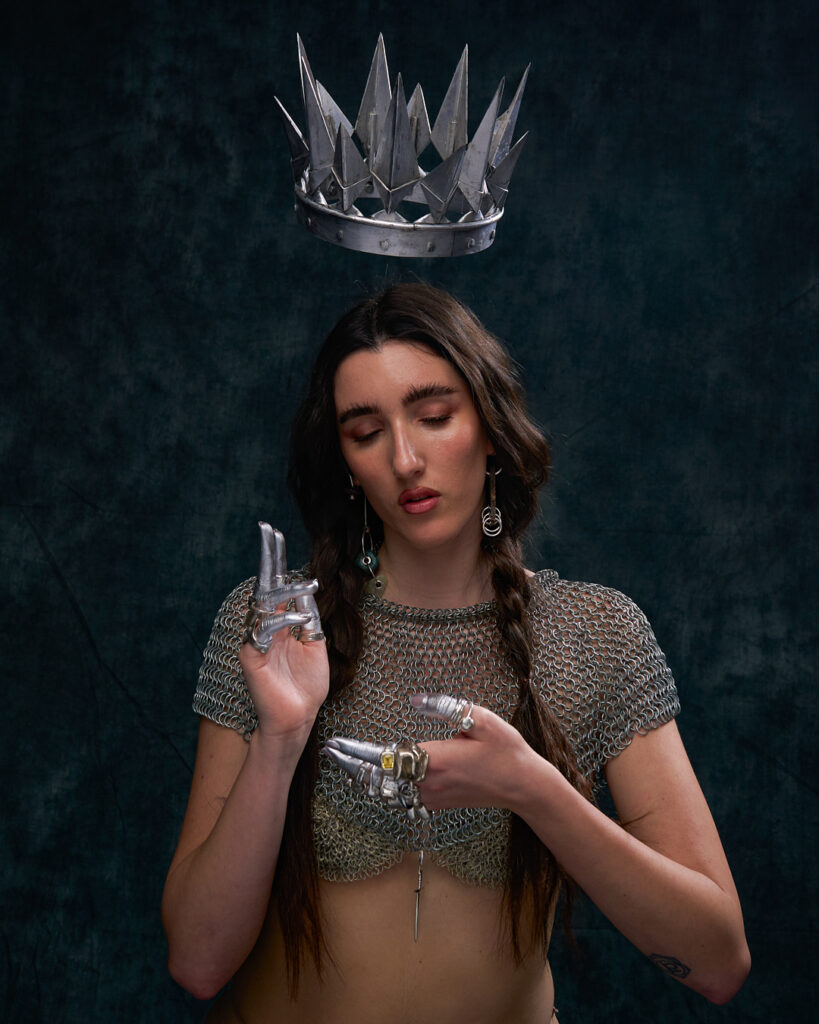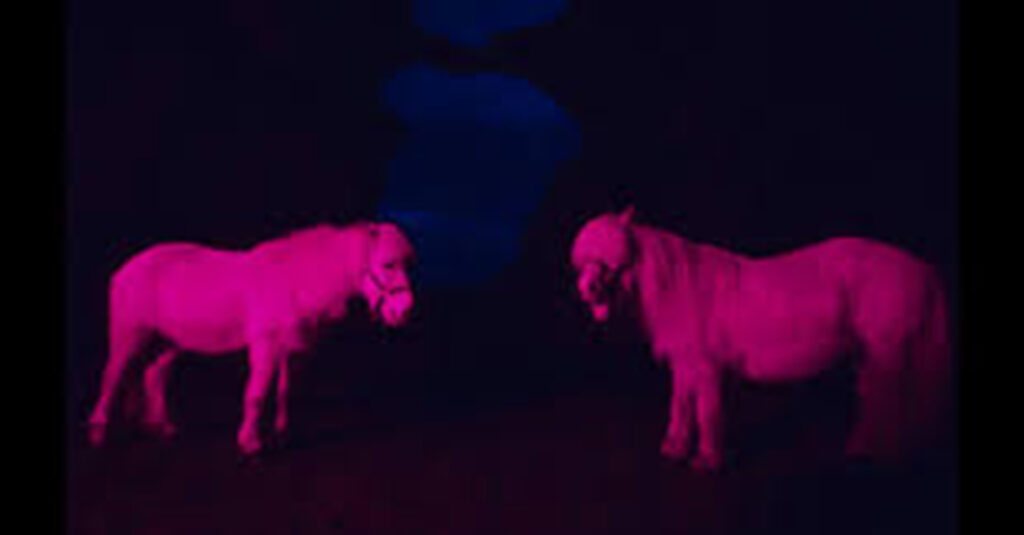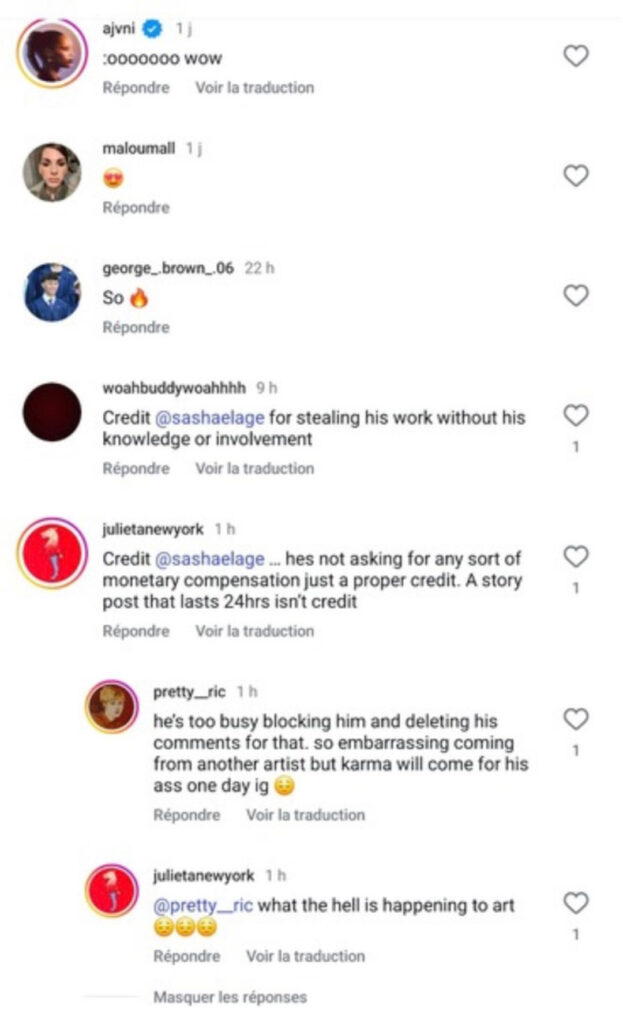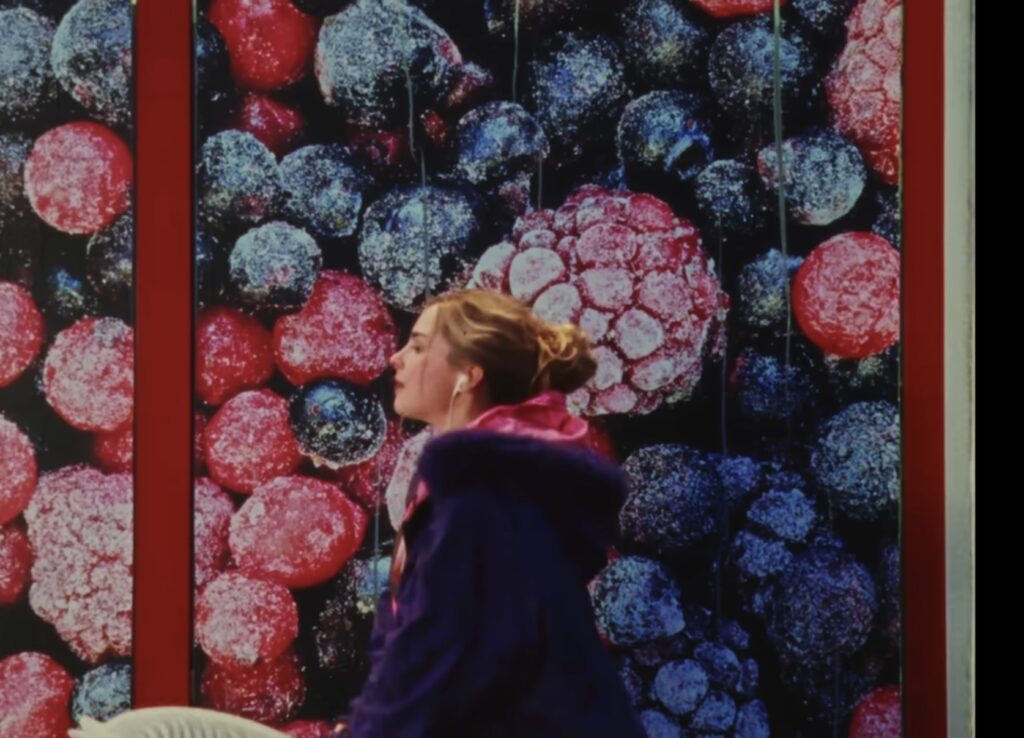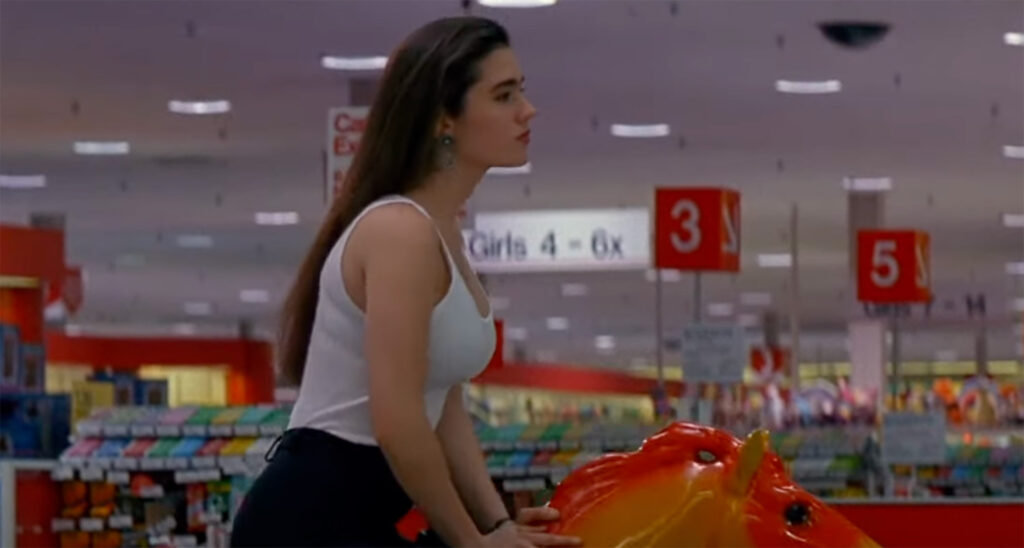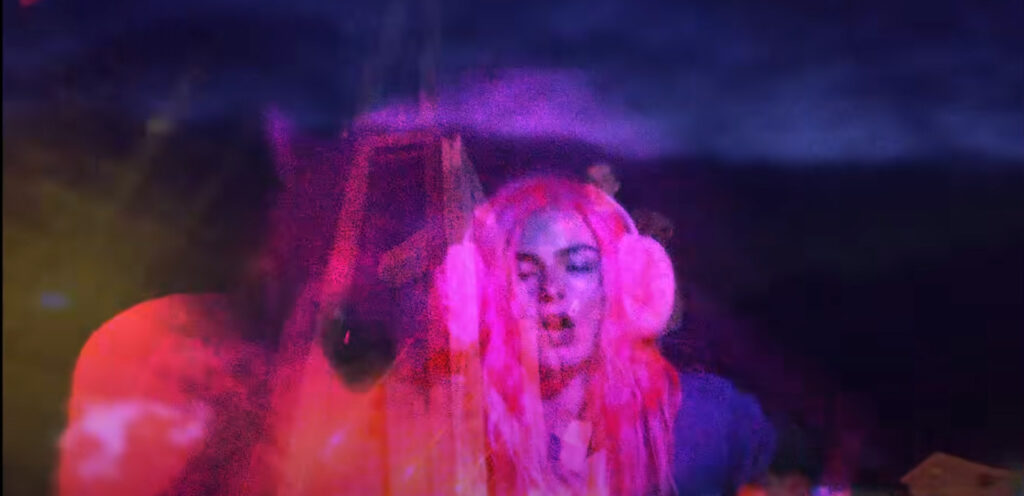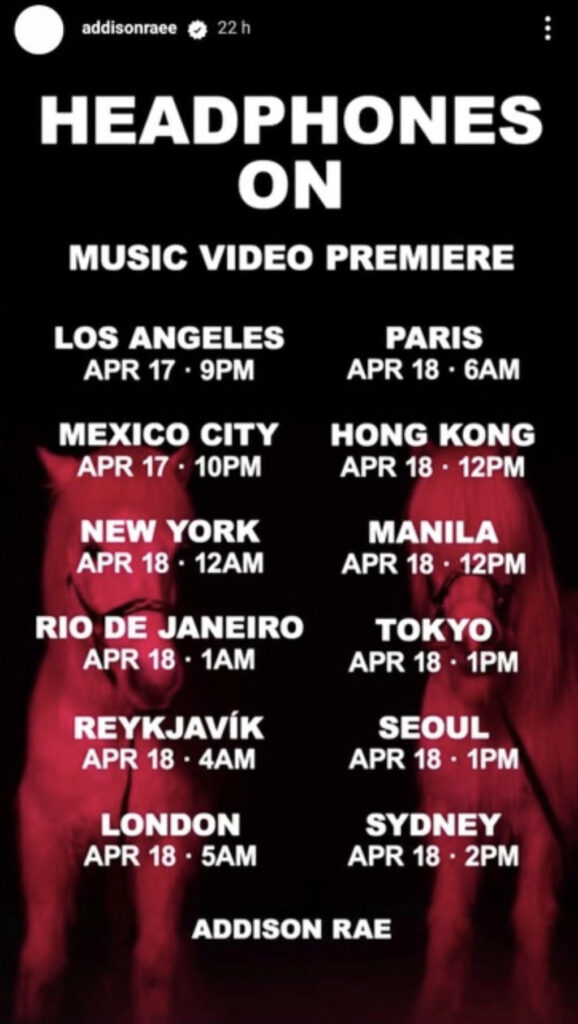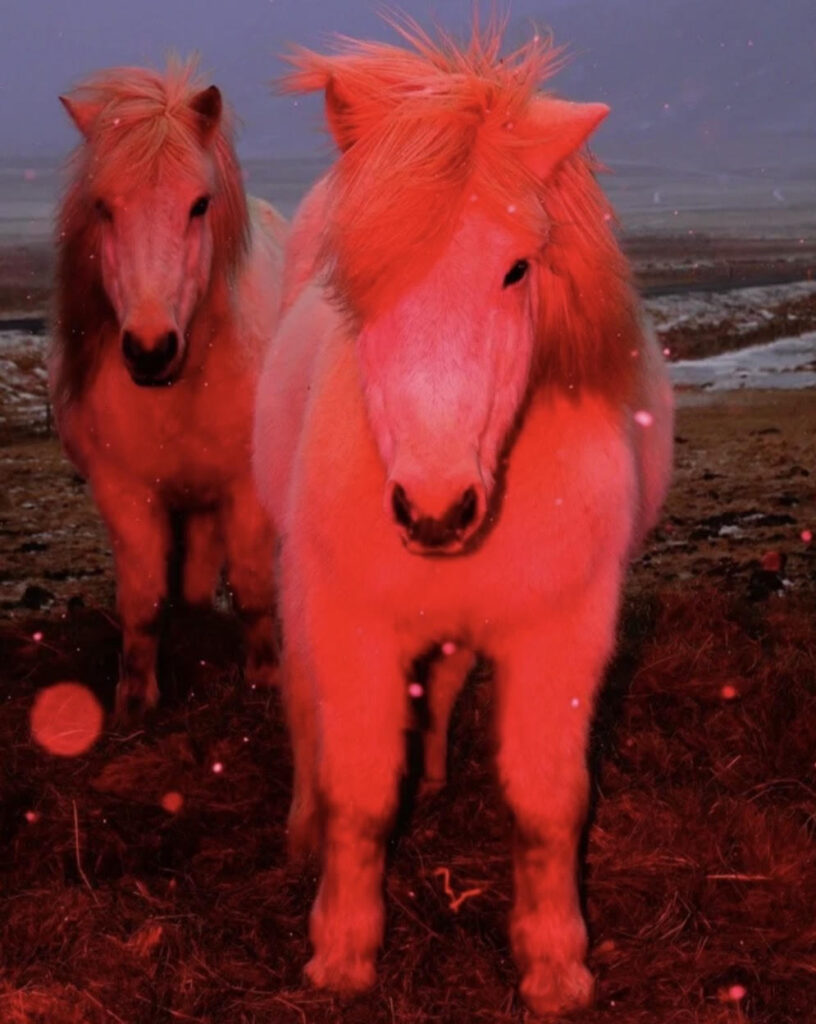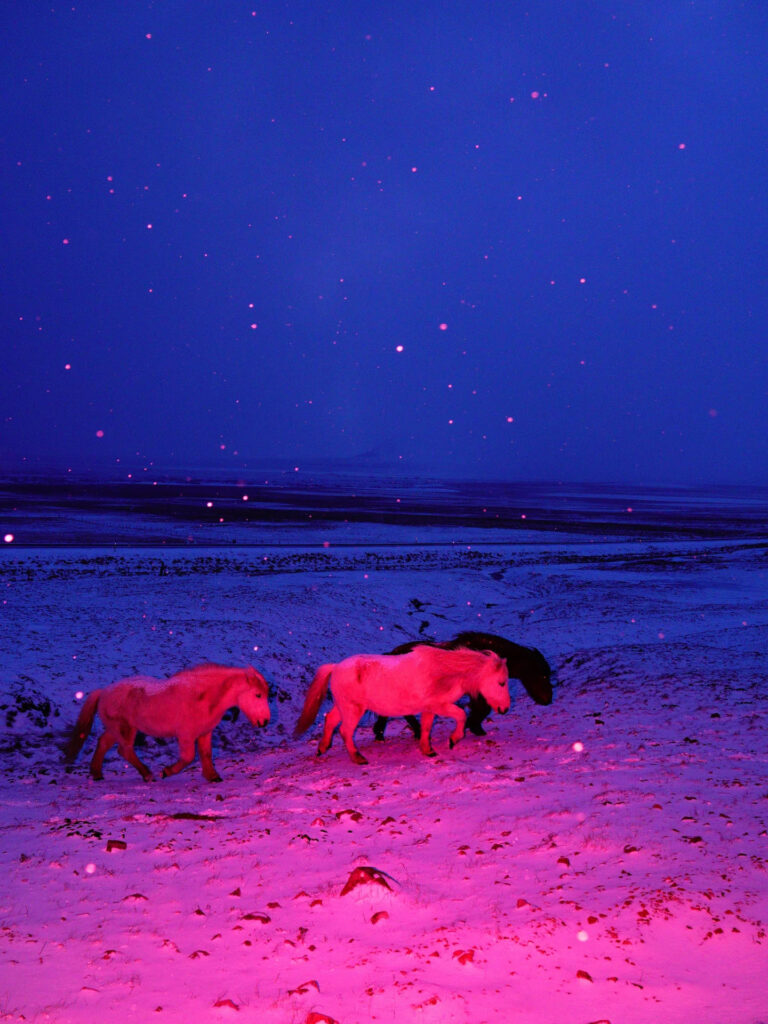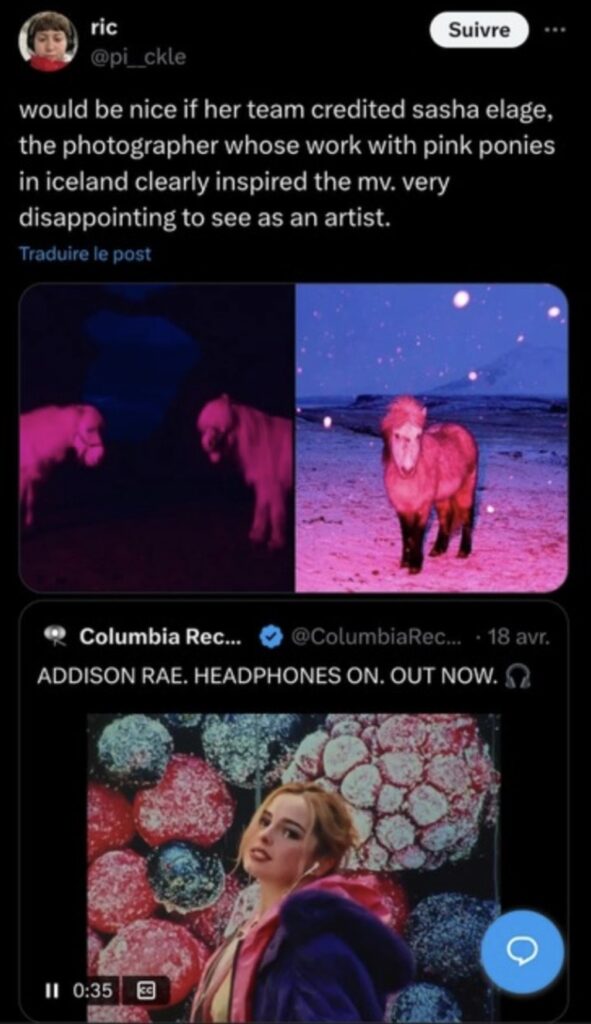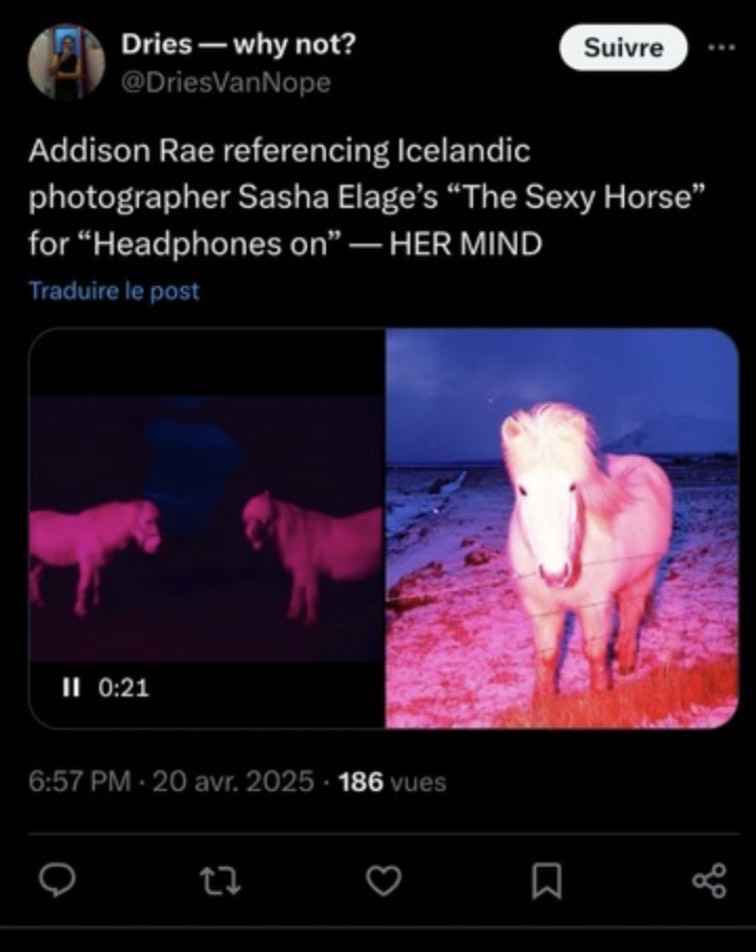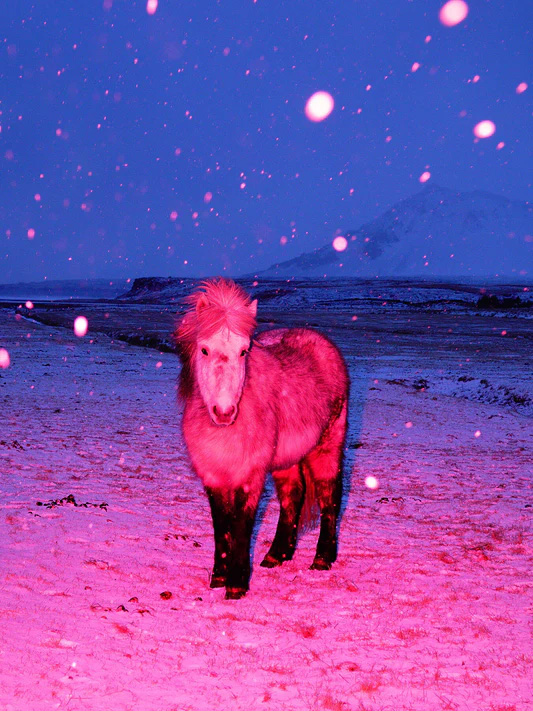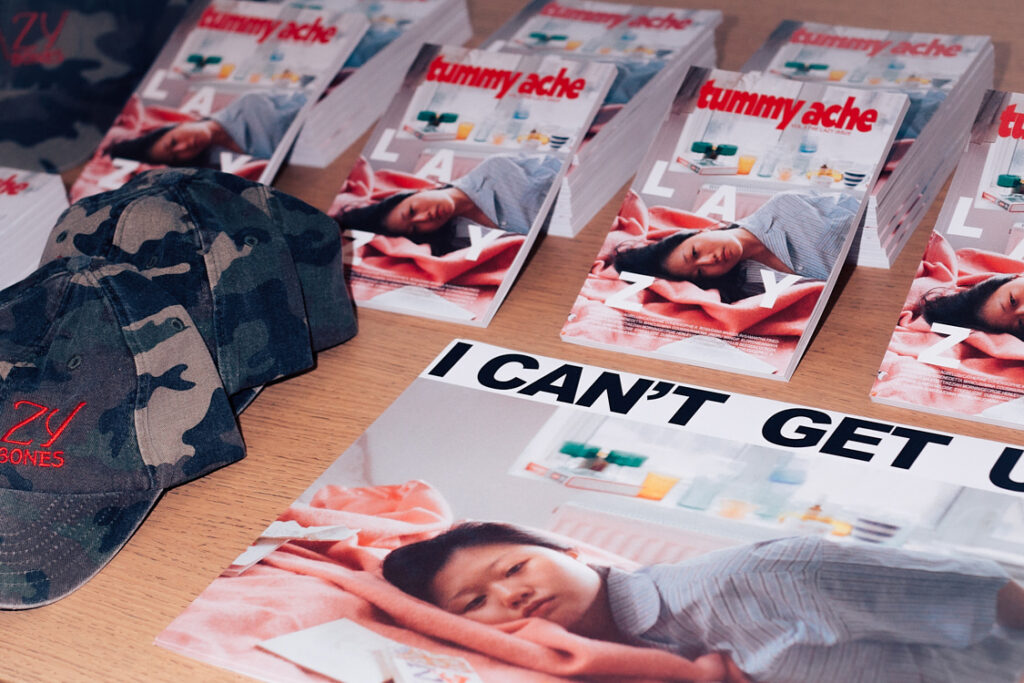
Embracing Laziness with Tummy Ache, Vol.3, The Lazy Issue
Written by Lauren Bulla
Edited by Joshua Beutum
Photos by Laura Braithwaite
Walking into Acrylicize for the launch of Tummy Ache’s new release, the energy was anything but lazy. In direct opposition to the London borne publication’s third volume – umbrellaed under the title “The Lazy Issue”. I could not wait to cozy into the evening’s performances, but before properly digging in, I stepped aside from all the buzz to hear from the magazine’s founder first.
I’d been an admirer of the publication for a while, having discovered it through a string of varied creative mediums and mutual connections. Tummy Ache began as a collection of ethically-produced garments and has exploded into a full blown, collaborative community – its final form, a tactile magazine.

The creative scene in this city is truly what you make of it, but simultaneously, “hustle culture” often posits us at a triple crossroads between our artistic output, all-consuming day jobs, and moments of necessary rest. For Anna Morrissey, the Founder and Editor-in-Chief of Tummy Ache, rest is not only imperative for her forward movement, but a necessary part of her experiences with mental health and chronic fatigue.
Situating herself in front of an adoring audience, Morrissey read her Editor’s Letter. Pulling the room together, she made sure we were acutely aware of the real purpose behind “The Lazy Issue”. The third edition compels us to dig into notions of stillness. To pour over moments of calm as they become antithesis-like to the consumerist hamster wheel we’ve been thrown onto. She states, “The label of laziness carries a heavy moral weight, haunting the sick and tired as they butt against the ascribed rest time that contemporary capitalism prescribes’. It’s difficult to untether ourselves from our understanding of a ‘work/ life balance” and we often forget that rest is a necessary medicine to our woes.
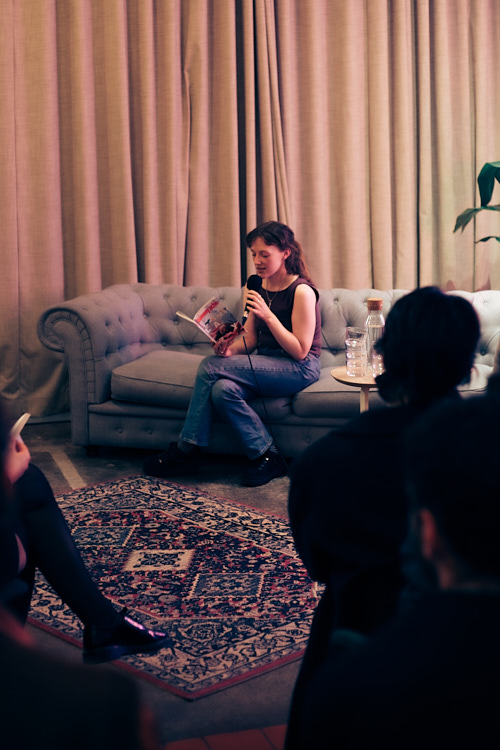
The Lazy Issue is the cure you’ve been seeking. And even better, you can take it alongside those overpriced ginger shots and multivitamins. The issue compels us to become stagnant for a moment, rest and indulge in the vast stretches of our still resistance to capitalism’s pull. It reminds us: you are not a “bum” for being lazy, if anything you’re giving yourself space to breathe. The magazine encourages us to “prioritise idleness” as we reflect on the modes of existence that “productivity culture” has peddled as normal, when actually they can be quite ableist and destructive.
I walked into the venue a few moments after my Co-Editor, anticipating a set of readings from scene-staples like P Eldridge (of WORMS and Sissy Anarchy fam), Georgie Henley and Benedetta Mancusi. Upon entry I experienced a pleasant reprieve after fighting for my life in the rush hour crowds at Liverpool Street. Just seven minutes from Cambridge Heath, I knew I was in the right place when I saw a singular sock affixed to the front door. We settled into the swiftly-filling space, grabbing a free tinny or two. With each passing minute, another camo-patterned “Lazy Bones” hat spawned atop the alt haircuts among audience members.

I spoke with Morrissey about the origins of Tummy Ache and the importance of rest, before a very tender (and embarrassing) interruption from her parents.
Cold Magazine (CM): Tell me, Tummy Ache… how did it come to be?
Anna Morrissey (AM): Tummy Ache started as a clothing brand, but it was just basically me in my bedroom. I had terrible chronic anxieties as a teenager, I thought I was the only person. I started embroidering how I felt onto T-shirts in a slightly defiant but also sarcastic way – one was a crying face that said “Help” – but also, I’d wear them out. People who I never would have assumed felt anxious or depressed would come up to me and we’d have these insane conversations about how they were on antidepressants, people who I had known for years.
Then my friends started asking for T-shirts, so it grew out of that. I started making them by hand, selling them online. It was this little website where I sold my work, sewing T-shirts that said stuff like “Tired”. I wanted to expand it into a bigger enterprise. So, I got a manufacturer, but it all took so long that I needed to continue the conversation outside of clothing. I started the magazine as an online forum and people sent in their contributions, it wasn’t put together, it was a bit messy.
CM: Did you always know that you wanted to accept submissions?
AM: It was always submissions. I wanted it to be because I had like a really tiny following of a few hundred people. My friends are all very creative. It was just me and them writing – I’d commission my friends to all send in an outfit picture of when they felt depressed. It came from there, but it wasn’t to the extent it is now. I wanted the magazine to be centred around community, a platform for people to share work that they felt quite vulnerable about, writers who weren’t established. Creating a space for a radical vulnerability, but also the platform for people to create.
CM: Tell us a little bit more about “The Lazy issue” in particular. Where did the theme come from?
AM: This is issue three. Issue one was Vulnerability and then Jealousy (Vol. 2), and I wanted something more. Jealousy is quite tongue-in-cheek, but it’s very aggressive. Whereas, I am always saying how I feel like I’m the laziest person alive. I constantly feel like that, and I struggle with chronic fatigue – that makes me feel very lazy, because I have to honour my body’s capacity for doing things. I’m like, maybe I’m just making it up, or, I’m just actually really lazy. I think a lot of my audience is chronically ill or struggles with their mental health and I think the kind of ascribing yourself to being this lazy person is something that very much haunts the sick and tired, and the mentally ill. So that’s kind of where ‘Lazy’ came from. I thought we could have fun with the theme because lazy is such a frivolous word… But it holds so much moral weight. I thought there was a lot of depth to be excavated there.
CM: There are mixed feelings about the way the London creative scene operates. Have you found it to be more of a hindrance to your process, or has it offered you community?
AM: I’ve always lived in London. I grew up here and I have always been someone who doesn’t thrive in a huge group of friends. I like really small groups who are very tight knit and love each other a lot. So, I don’t find myself in a huge creative community. It’s not that I exist outside of that. All my friends are really creative, and I love when I dip into it and dip into knowing their friends.
[There was a brief interruption when Anna’s mother appeared around the corner. Snapping a pic of us interviewing on the sofa. We both proceeded to laugh, slightly embarrassed]
That’s my mom. I’m dying.
Anyway, I don’t have a great social battery, I’m not someone who’s good at networking. I often worry about laziness. It’s like, fuck I need to go to that event, or, I need to see these people and network… Actually, that doesn’t work for me and I think it’s about learning that you don’t need to. I can’t do the social climbing ladder thing. I think my creative community is just the people I see daily. I find them inspiring because of our [creative] language that we speak to each other. I like learning about the people you love. That’s what inspires me.
CM: What are you most excited about with this edition?
AM: I’m just excited for people to read it. I feel like there’s a lot of amazing pieces in this one and some really fun interviews. I interviewed Sophie K. Rosa, who wrote Radical Intimacy. Her interview was so inspiring, I was thinking about it for days. Poet Tol Agalusi, who’s really incredible as well, she kind of challenged me on my views about laziness. There’s a great kind of breadth of people.
CM: How do you envision someone engaging with the work for the first time?
AM: I don’t know. That’s a hard question. It’s kind of for everyone. I imagine them in a magazine shop, I guess. Just somewhere where they have some time. They’re having a coffee, they’re wearing clothes that make them feel good.
CM: Last question. If you could go back in time to a younger version of yourself after knowing what you know now, what would you say?
AM: I would say that you’re safe. Which I think is a very anxious person thing, like I was never not safe. That’s what I’d say, but I don’t know how much it would help. My mom told me that all the time.

